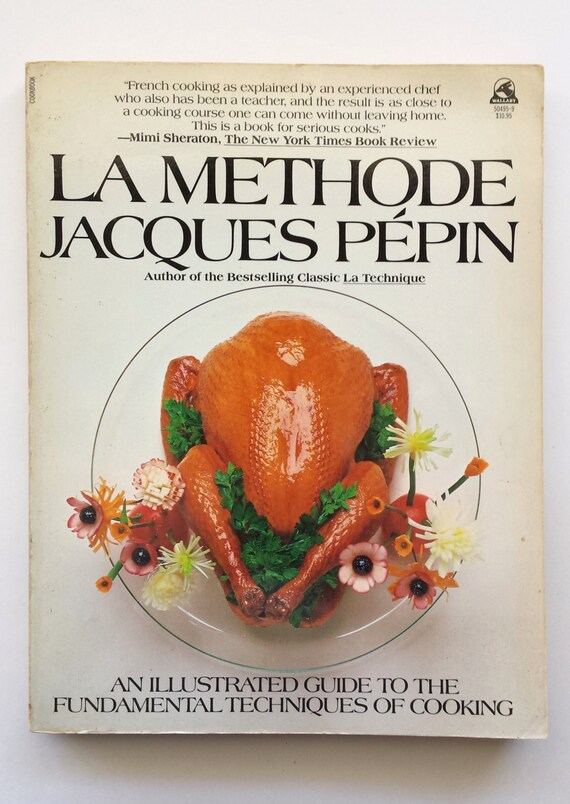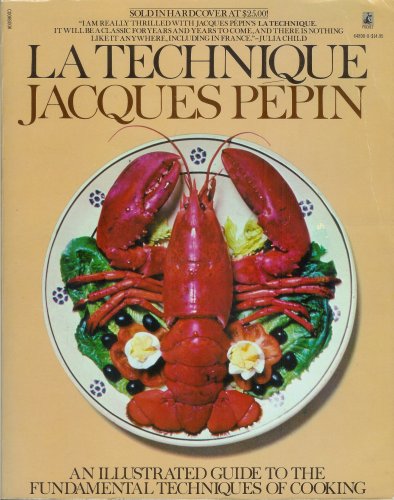
A chef's knife is an all-purpose kitchen workhorse. It's great for so many different uses - chopping, slicing, dicing and mincing. It really can handle just about any larger kitchen task.
Paring knives are wonderful for small, short and/or more precise tasks, like peeling, trimming and slicing small foods (like fruit).
A serrated knife has a scalloped edge and gives you very smooth, clean slices. It's perfect for slicing bread or soft, juicy fruits and vegetables. You only really want to use this knife for some sort of slicing duty - it's not meant for chopping or peeling.
A utility knife is another type of all-purpose knife. You can use it for numerous tasks in the kitchen, like chopping, peeling and slicing. Utility knives are slightly smaller than chef's knives, so you can turn to this when a chef's knife would be just slightly too large for the task at hand.
This Japanese-style knife has hollow-edge depressions along the blade, which help to prevent foods from sticking to it. This knife is a great alternative to a chef's knife. It's perfect for chopping, slicing, dicing and mincing. If you had to choose one knife to invest in for your kitchen, choose this.
These knives have a straight blade. The straight blade allows you, the chopper, to quickly cut through your produce until the knife hits the cutting board. You won't need to push or perform a horizontal pull to cut through tougher veggies.
The Gyuto knife is also an exceptional option for cutting through vegetables. Another knife that originated in Japan, the Gyuto looks very similar to the western style chef's knife you probably have in your kitchen drawer.
The Chinese cleaver is really an erroneous categorization of the Chinese chef knife. Despite the name, these "cleavers" are a very versatile type of knife that has a myriad of different uses. Despite being great for vegetable chopping, the cleaver can also be used for thin meats and produce.
Visit https://www.impilos.com for more!

 La Methode: An Illustrated Guide to the Fundamental Techniques of Cooking by Jacques Pepin
La Methode: An Illustrated Guide to the Fundamental Techniques of Cooking by Jacques Pepin La Technique: The Fundamentals Techniques of Cooking: An Illustrated Guide by Jacques Pepin
La Technique: The Fundamentals Techniques of Cooking: An Illustrated Guide by Jacques PepinThe information about each knife cut is from the book Knife Skills for Chefs (641.589 D273k) by Christopher Day, available at Lexington and Louisville.
Butterfly: A butterfly cut is used to split a piece of meat in half without completely separating it, making the resulting product look like a butterfly. This cut is often done to make the cooking process more even.
Chiffonade: Like its delicate name, a chiffonade is a fine cut where the leaves of leafy vegetables or herbs are rolled together to make a cylindrical shape. The cylinder of leaves is then cut into equal widths.
Chop: Chopping is a rough knife cut that is done quickly and when the size and shape of the food is not critical.
Concasse: This knife cut is a dice of tomatoes, and it is to be used when cooking tomatoes.
Dice: This knife cut involves cubing food. Chefs use diced food in soups, sauces, and side dishes.
Julienne: A julienne cut creates fine matchstick-like pieces of food that measure 1/8" x 1/8" x 1" to 2". The julienne cut is the beginning cut for a brunoise.
Mince: To mince food one does a fine chop cut with either a chef's knife or a mezzaluna (a two-handled half-moon shaped knife). According to the author of Knife Skills for Chefs, small foods like garlic and fresh herbs are what chefs usually mince.
Oblique: An oblique cut creates larger pieces of food, which are shaped like a wedge. This cut allows more of the food's surface area to be exposed during the cooking process and makes for a different presentation.
Paysanne: A paysanne cut is 1/2" square with the food being cut into 1/8" slices. The cut is similar to a dice, but the finished product is thinner.
Rondelle: This knife cut is a round cut often used for foods like carrots or cucumbers.
Tourne: A more advanced cut is the tourne, in which the food product is cut into a shape similar to a football. The cut measures 2" long by 3/4" wide with blunt ends.